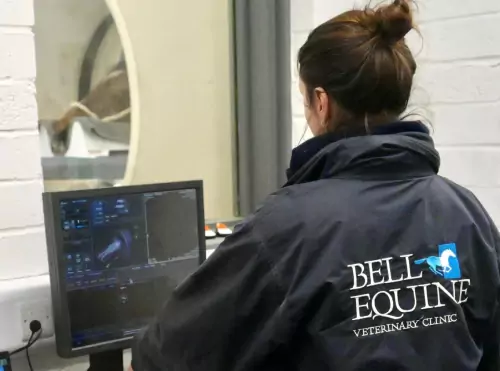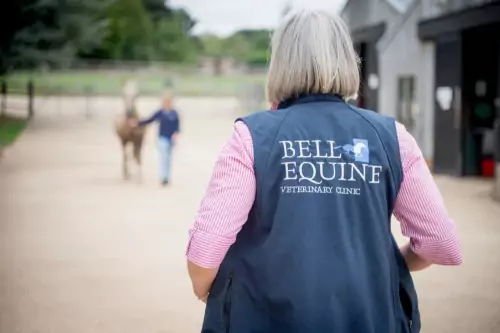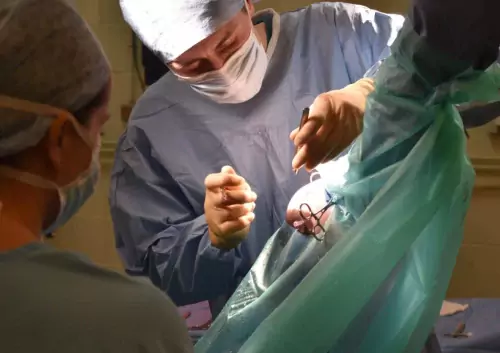
Register with our veterinary practice
Please note that if we have seen a horse of yours in the past (as a first opinion or referral) we may have your details registered with us already. If you are an existing client and need to register a new horse with us, please ring the clinic on 01622 813700.





